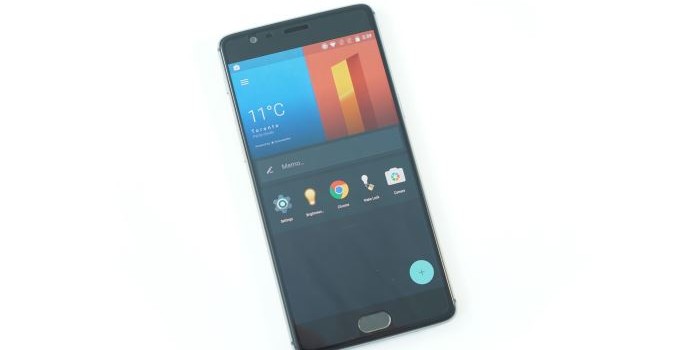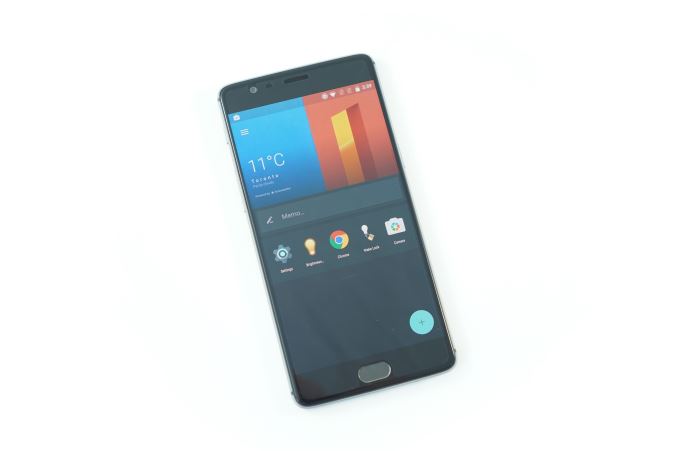OnePlus Improves Video Quality On The OnePlus 3 In OxygenOS 3.2.2
In my experience OxygenOS has provided a fairly stable and fast experience on the OnePlus 3, which is something I wasn't really able to say about OxygenOS on the OnePlus 2. Every operating system has bugs though, and OnePlus recently announced that OxygenOS 3.2.2 would begin rolling out to the OnePlus 3 as an OTA update. OxygenOS 3.2.2 is mostly a bug fixing update, and I've listed the change log from OnePlus below:
- Improved notification management in doze.
- Addressed alert slider/silent mode issue.
- Disabled fingerprint sensor while in pocket.
- Added NFC toggle in quick settings.
- Improved noise cancellation in video recording.
- Updated 4K video recording codec.
- Added latest security patches and various optimizations.
I've encountered issues with the alert slider not disabling vibration when setting to silent mode, so I'm happy that OnePlus has squashed that bug. Among the bug fixes here is a change that is quite interesting despite being described in such a vague manner. "Updated 4K video recording codec" could mean a number of things ranging from a change in the H.264 profile used, to a move to HEVC or some other form of video coding. Given that video recording was one of the areas I felt the OnePlus 3 performed poorly, I thought it would be worth investigating what changed with video recording in OxygenOS 3.2.2.
| OnePlus 3 At Launch | OnePlus 3 With OxygenOS 3.2.2 | |
| Resolution | 3840 x 2160 | 3840 x 2160 |
| Coding | H.264 | H.264 |
| Profile | H.264 Baseline | H.264 High |
| Encoding Scheme | CAVLC | CABAC |
| Average Bitrate | 42Mbps | 54Mbps |
Although OnePlus states that they changed the recording codec, H.264 is still being used. What has been changed is the corresponding H.264 profile. When it launched the OnePlus 3 used the H.264 baseline profile. This is the case for many Android devices, and I find it a bit odd as the H.264 baseline profile is generally intended for applications like video conferencing where quality and efficiency is not as much of a concern. The big difference between H.264 baseline and the Main and High profiles is the compression scheme that can be used. The Baseline profile is limited to using CAVLC encoding, which requires less processing power to decode than CABAC encoding which can be used with the Main and High profiles, but also results in lower video quality for a given bitrate due to the lower efficiency.
With the move to the H.264 High profile on the OnePlus 3 comes a change from CAVLC encoding to CABAC. This allows OnePlus to increase the quality at the same bitrate without increasing the file size. What will further improve video quality is the fact that the average bitrate has actually gone from 42Mbps to 54Mbps, an increase of nearly thirty percent. Unfortunately, I updated my OnePlus 3 without initially noticing these changes, so I'm unable to do a direct comparison between the two versions. That being said, the visual quality issues I identified in my original review were mostly the result of the relatively low bitrate, and so the improvements made to video encoding in OxygenOS 3.2.2 should address those problems.
Like the addition of an sRGB mode for the display, OnePlus's updates to the OnePlus 3 continue to improve the few things about the phone that kept it behind the best flagship phones on the market, and the result is a better experience for existing owners and an even better value proposition for prospective ones.


